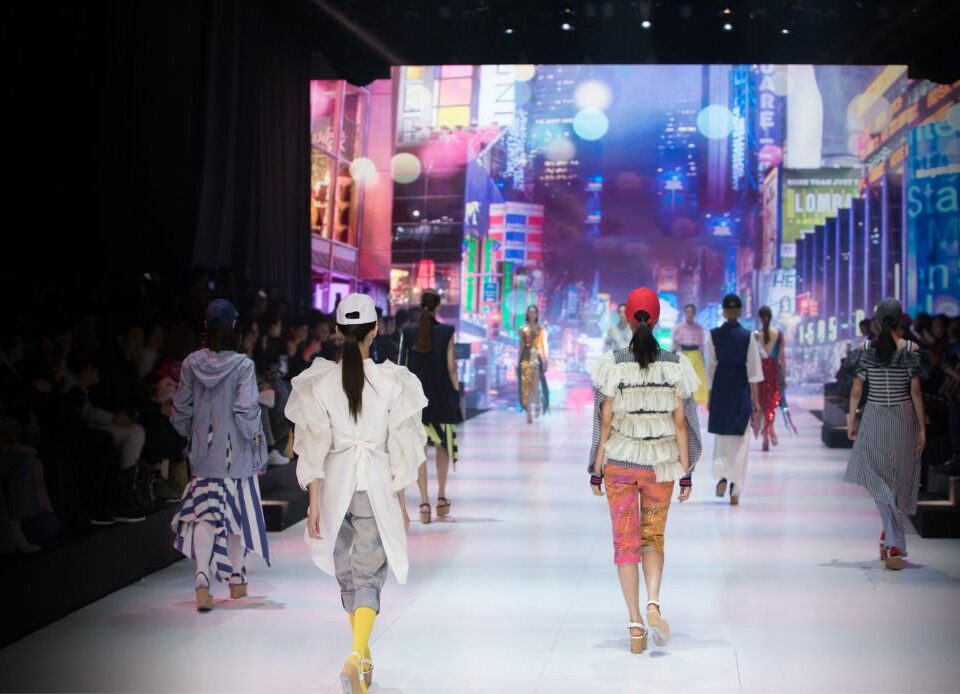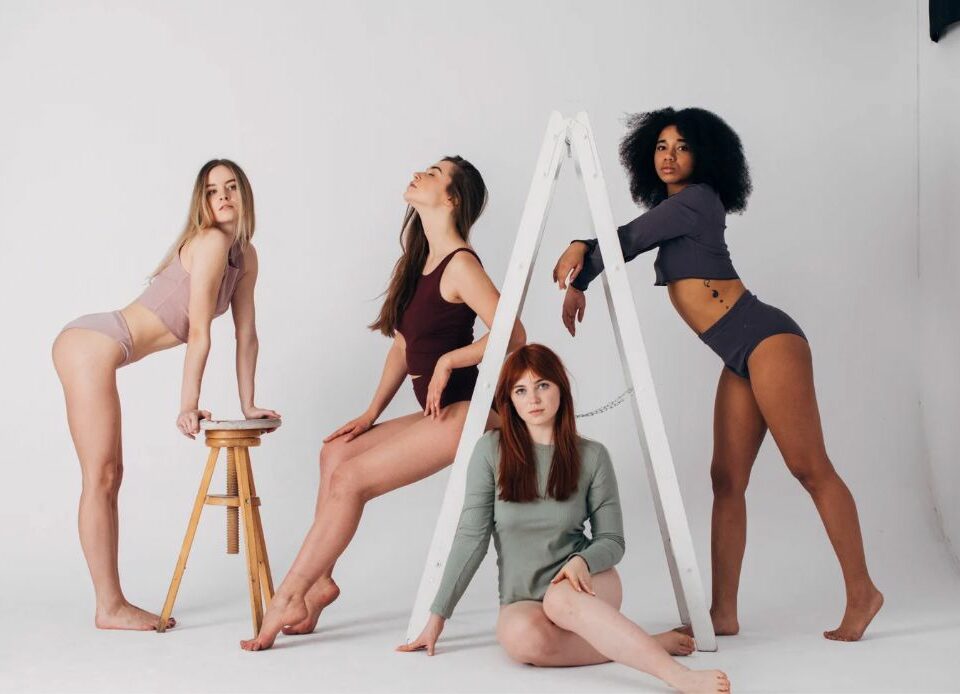The Future of Virtual Commercial Modelling: Virtual Photoshoots and Runway Shows

In the dynamic world of fashion, innovation and change is the lifeblood of the industry. With technology playing a pivotal role in redefining the boundaries of what’s possible, virtual modeling emerges as the harbinger of transformation. Here, we delve into the intricacies of virtual photoshoots and runway shows and what they mean for the future of commercial modeling.
Virtual Photoshoots: Redefining Photography
The Mechanics of Virtual Photoshoots
In the age of virtual photoshoots, models, photographers, and designers collaborate remotely through state-of-the-art technology. This revolutionary approach relies on virtual sets, augmented reality (AR), and 3D rendering to produce lifelike images without needing physical presence. As a result, striking visuals that rival traditional photoshoots emerge from seamless teamwork.
The Perks of Going Virtual
Virtual photoshoots offer numerous advantages over their traditional counterparts:
- Cost-efficiency: By eliminating the need for pricey studio rentals, travel, and accommodation, virtual photoshoots are a more budget-friendly option.
- Flexibility: Models and photographers can collaborate from any corner of the globe, simplifying scheduling and logistics.
- Boundless creativity: Virtual sets and AR technology enable designers to push the limits of imagination, creating captivating visuals.
- Eco-friendliness: Virtual photoshoots significantly reduce the carbon footprint associated with traditional photoshoots.
The Challenges of Virtual Photoshoots
Despite the benefits, virtual photoshoots come with their share of challenges:
- Technical expertise: Proficiency in specialized software and equipment is crucial for executing virtual photoshoots.
- Authenticity: Critics argue that virtual photoshoots may lack traditional photoshoots’ emotional depth and genuine feel.
- Collaboration: Remote collaboration can prove challenging, mainly when time zone differences and communication barriers come into play.
Virtual Runway Shows: The New Norm
The Rise of Virtual Runway Shows
The COVID-19 pandemic prompted fashion brands and designers to turn to virtual runway shows as a viable alternative to in-person events. Harnessing advanced technology such as AR, VR, and AI, these shows offer immersive and interactive experiences for viewers worldwide.
The Benefits of Virtual Runway Shows
Virtual runway shows boast numerous advantages over traditional runway shows:
- Accessibility: Viewers from all corners of the globe can attend and engage with virtual runway offers from the comfort of their homes.
- Cost-effectiveness: Virtual runway shows significantly cut organizational expenses by eliminating the need for physical venues and logistics.
- Inclusivity: Virtual runway shows can accommodate various models, including those with disabilities or unconventional body types, who may have been overlooked in traditional fashion events.
- Innovative presentation: Designers can showcase their collections in novel and engaging ways by leveraging advanced technology.
The Hurdles of Virtual Runway Shows
However, virtual runway shows also face several obstacles:
- Technical difficulties: The dependence on technology can lead to technical glitches that disrupt the viewing experience.
- Loss of human connection: Critics argue that virtual runway shows may need more formal events’ emotional impact and atmosphere.
- Digital fatigue: As the world grows increasingly digitized, some viewers may experience digital fatigue, causing disengagement from virtual events.
The Technological Backbone of Virtual Modelling
Augmented Reality (AR)
Virtual objects can be superimposed onto a user’s view of the world in augmented reality (AR) applications. Virtual photoshoots and runway shows are given a more realistic feel with the help of augmented reality.
Virtual Reality (VR)
VR technology immerses users in a completely digital environment, providing a captivating and interactive experience. Virtual runway shows can leverage VR to create engaging and immersive fashion events that transport viewers to a different world.
Artificial Intelligence (AI)
Several facets of virtual modeling rely heavily on artificial intelligence, such as image generation, the study of fashion trends, and the development of virtual models. More efficient and original fashion content can be produced with AI-powered solutions that help designers and photographers streamline their creative processes.
The Impact on the Fashion Industry
Sustainability and Ethical Considerations
Virtual modeling could revolutionize the fashion industry by reducing its environmental impact. By eliminating the need for physical venues, travel, and material waste, virtual photoshoots, and runway shows can contribute significantly to a more sustainable fashion industry. Additionally, virtual modeling can help promote ethical practices by providing a platform for diverse and underrepresented models.
Globalization and Democratization of Fashion
Virtual modeling can democratize the fashion industry by breaking geographical and financial barriers. With access to virtual photoshoots and runway shows, emerging designers and models worldwide can showcase their talents and gain global exposure.
The Future of Virtual Modelling
Progress in technology promises much more future growth and innovation for virtual modeling. As more companies adopt virtual modeling, there will be greater room for diversity, sustainability, and originality in the fashion sector.
FAQs
What is virtual modeling?
Virtual modeling uses advanced technology to create virtual photoshoots and runway shows, enabling remote collaboration between models, photographers, and designers.
How do virtual photoshoots work?
Virtual photoshoots involve virtual sets, augmented reality, and 3D rendering to create realistic images of models without needing physical presence.
What are the advantages of virtual runway shows?
The advantages of virtual runway shows include accessibility, cost-effectiveness, inclusivity, and innovative presentation.
How does technology like AR, VR, and AI contribute to virtual modeling?
AR, VR, and AI technologies play a significant role in virtual modeling by enhancing the realism and interactivity of virtual photoshoots and runway shows, streamlining the creative process, and fostering innovation.
How can virtual modeling impact the fashion industry’s sustainability and ethical practices?
Virtual modeling can reduce the fashion industry’s environmental impact by eliminating the need for physical venues, travel, and material waste. It can also promote ethical practices by providing a platform for diverse and underrepresented models.
Conclusion
The fashion business is undergoing radical change due to the rise of virtual modeling, which includes virtual photoshoots and runway presentations. Virtual modeling’s many advantages stem from its use of cutting-edge tools like augmented reality (AR), virtual reality (VR), and artificial intelligence (AI), which allow for more efficiency, adaptability, artistic latitude, and universal accessibility. Despite some hurdles, a more sustainable, inclusive, and creative fashion business is in virtual modeling’s future.





